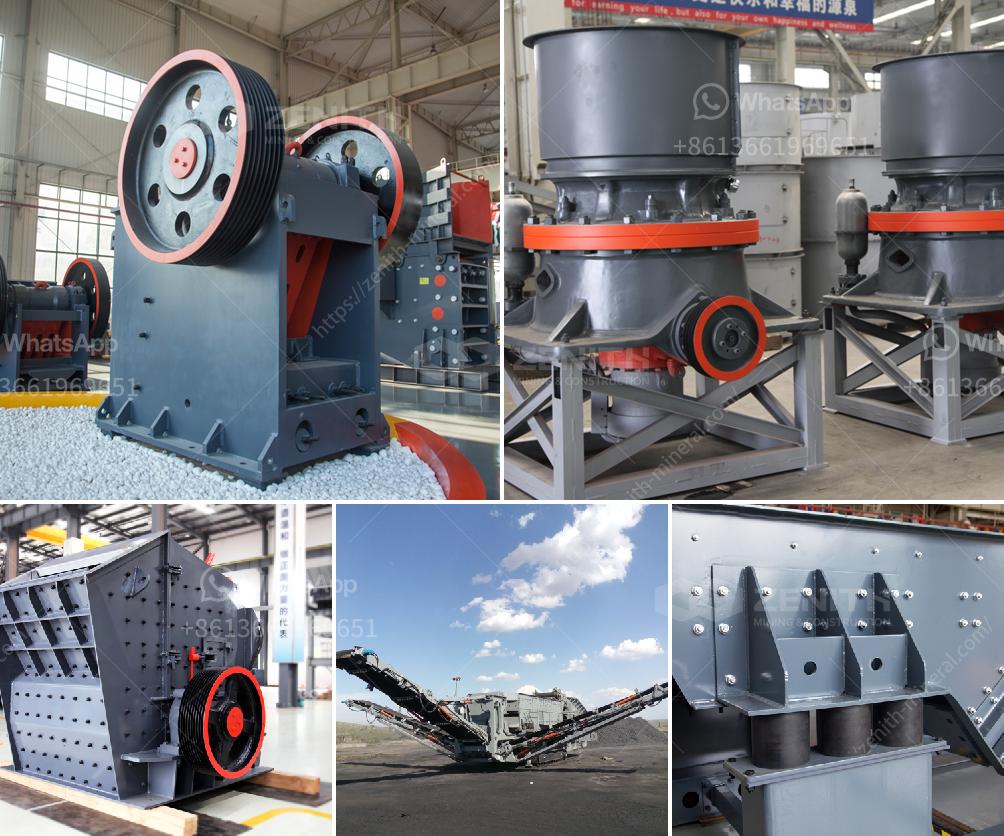The beneficiation technique for marble typically involves a series of processes that aim to improve the quality and value of the mined marble. These processes can include:
Crushing and Grinding: The marble is first crushed into smaller pieces and then ground into a fine powder to facilitate the separation of various minerals.
Screening and Washing: This process removes impurities such as soil and dust attached to the marble surface. Screening helps to classify the material by size.
Hand Sorting: Skilled laborers manually sort the marble pieces based on quality, color, and size. This is often used to separate high-quality marble from lower-grade material.
Magnetic Separation: This technique is used to remove any ferrous impurities present in the marble. Magnetic separators attract and remove the magnetic particles.
Flotation: In some cases, flotation techniques are employed using various chemicals to separate marble from other minerals based on their hydrophobic properties.
Optical Sorting: Advanced optical sorting machines can detect and separate pieces of marble based on color variation and other visual criteria.
Chemical Treatment: Chemical beneficiation methods, such as the use of acids or alkalis, can sometimes be applied to improve the whiteness or remove specific impurities from the marble.
Heat Treatment: Thermal methods can be used to enhance the quality of the marble by altering its physical and chemical properties.
Water Jet Cutting: This technique uses high-pressure water jets to cut the marble into precise shapes and sizes for specific applications.
Polishing and Finishing: The final steps involve polishing the marble to achieve a smooth, glossy finish and applying sealants to protect its surface.
Each of these techniques can be applied individually or in combination, depending on the quality of the raw marble and the desired final product.

